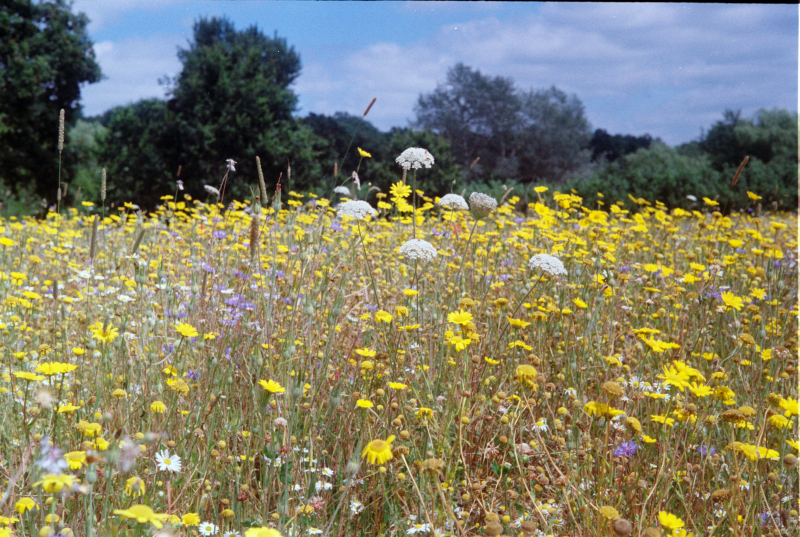
Summer Plants Of Waterloo Region
Summer in Southwestern Ontario is a wonderful time, with blue skies, warm air, and bright sun abundant. For those venturing outside to enjoy the heat, it’s likely you’ll stumble across a variety of vibrant plants and flowers all around. Though we can all likely recognize plants such as sunflowers, dandelions, and even poison ivy, there’s sure to be at least one plant you can’t name. Let’s look at some common, albeit unlikely nameable for most, plants for you to keep an eye out for.
Wildflowers are perhaps one of the best parts of summer in Ontario, sprinkling greenery all over with pops of colour and sweet scents. Here are some that we see all the time yet may not know the name for:
Echinacea, or the Purple Cornflower, is a common sight throughout the summer, whether in full bloom or slightly wilted. This near-native wildflower is integral to local ecosystems, as it is popular with pollinators and grows in harmony with a variety of other plants. Keep an eye out for Monarch butterflies when you see some, as they are quite fond of these pinkish-purple beauties. Fun fact: It has historically been used to treat a variety of illnesses, though still commonly used to treat coughs, colds, and other respiratory conditions.
Viper’s Bugloss, also known as Blueweed, is a common yet controversial wildflower seen aplenty on roadsides and in fields. An Eurasian import, this tough plant is regarded by some as a beautiful wildflower and others as a pesky weed with its biggest fans being honey bees and butterflies. Blueweed may be a wonderful sight, but beware; It can irritate the skin when touched and shouldn’t be consumed. Fun fact: It gets its name in part due to a historical belief it could be used to neutralise a viper’s venom.

Silverweed, with both its silky leaves and long yellow blooms, is commonly found on forest paths and sandy beaches and a common sight to see. Fast-growing, drought-resistant, and butterfly-attracting, Silverweed is a simple yet easily loved plant. It is a great choice when filling a large garden due to its incredible growth speed and can be used for erosion control. Fun fact: Silverweed has edible roots, said to be reminiscent of sweet potatoes or even better: Parsnips!

Black Medick, also known as Hop Clover, may resemble clovers but don’t go to these for luck; They are actually in the alfalfa genus, not the clover. These small yellow bulbs can be commonly found in disturbed areas such as oft-walked paths and roadsides, though their hearty nature means they can be found worldwide in a variety of climates. Its rounded green leaves resemble any other clover, beware: Though cute, these guys are quite invasive and tend to spread fast. Fun fact: A high concentration of Black Medick can be indicative of low nitrogen levels in the soil.

Finally, Japanese Knotweed. Though it may have beautiful, willow-like flowers and bamboo-like stems, this plant is anything but beloved; A highly invasive species known to spread fast and far, with aggressive roots that are weather resistant and dangerous not only to ecosystems but infrastructure. Illegal to buy, sell, or plant, these parasitic plants can kill other plants, cause erosion, and inhibit water access. Keep an eye out for large, shovel-shaped leaves with droopy white flowers, and be sure to leave them alone so as to not spread them. Fun fact: Invasive worldwide, it is required to disclose if a property has Japanese Knotweed prior to sale in the UK.


